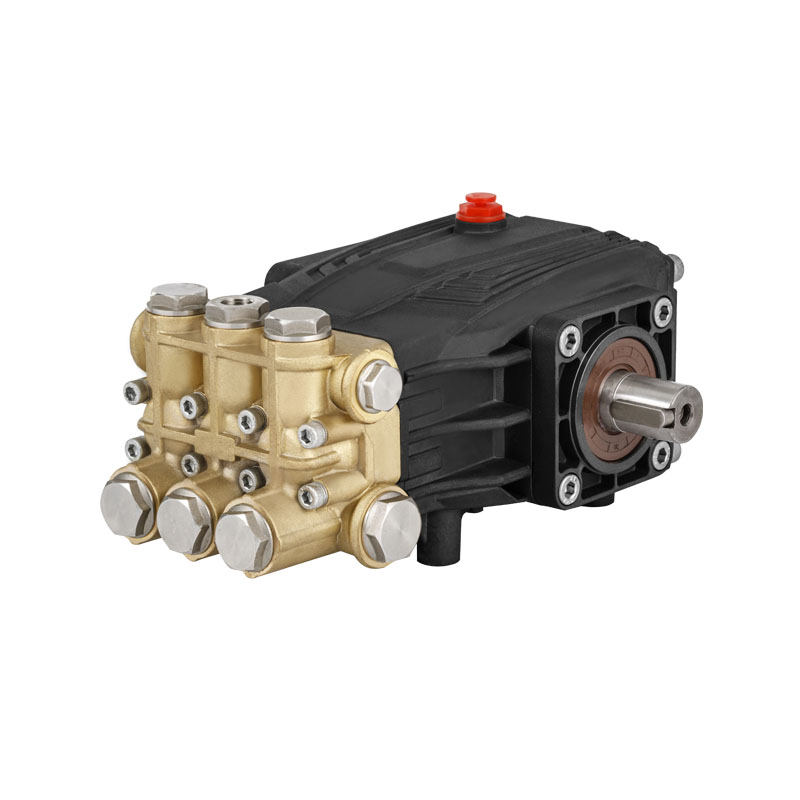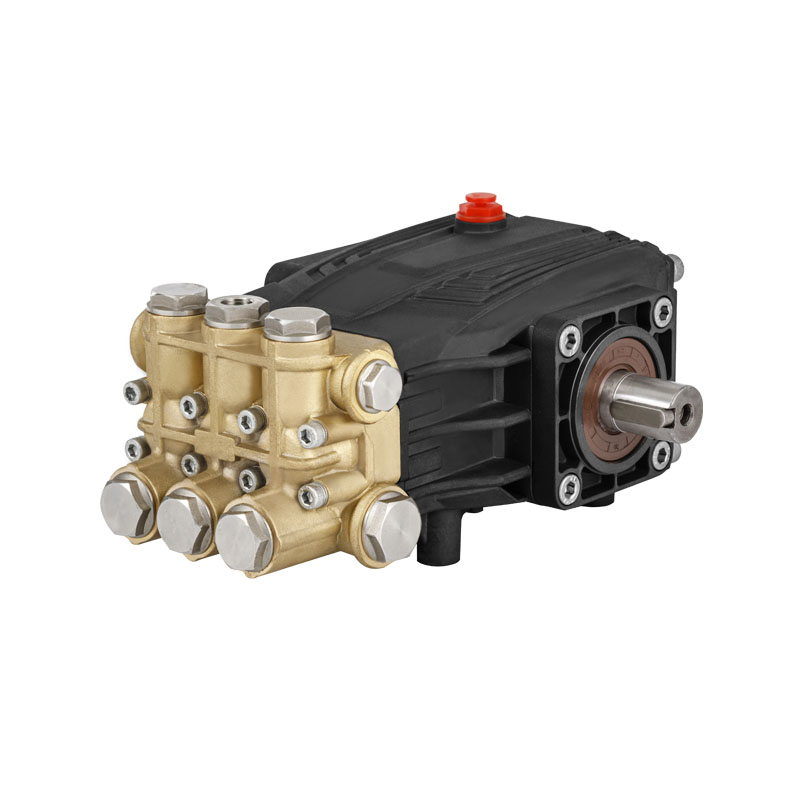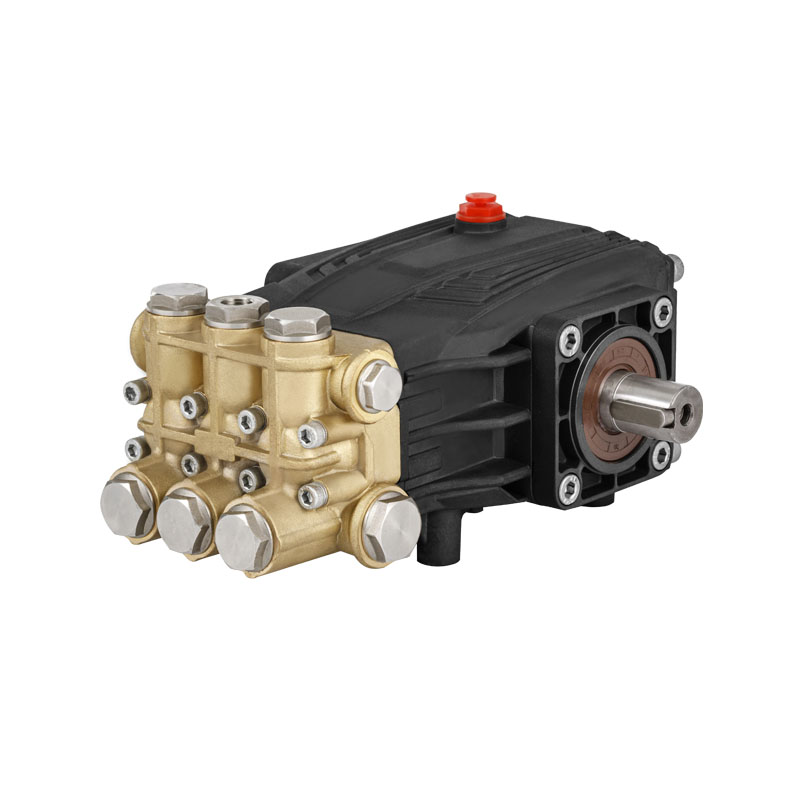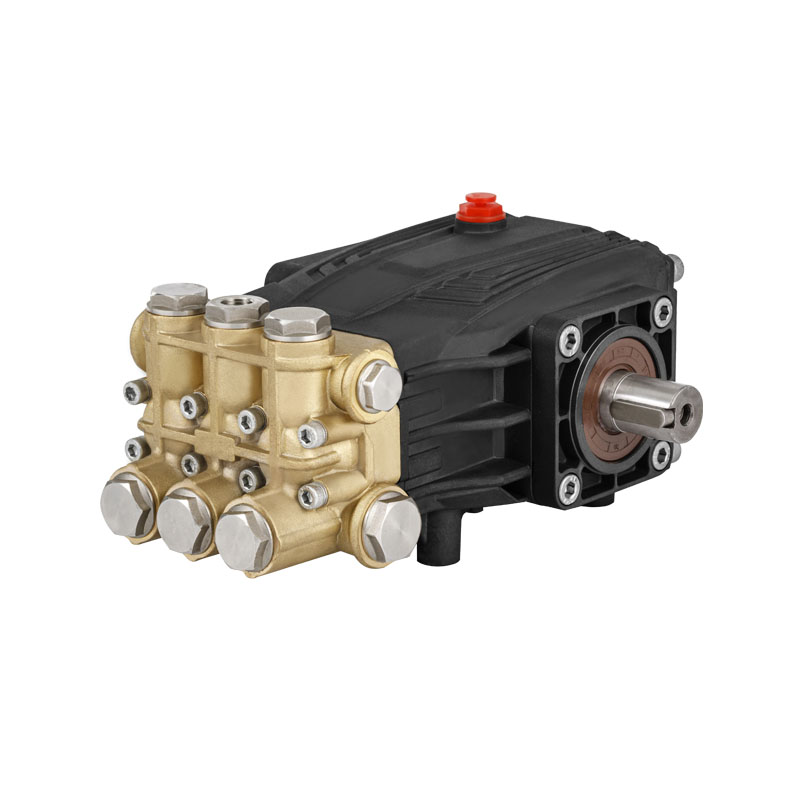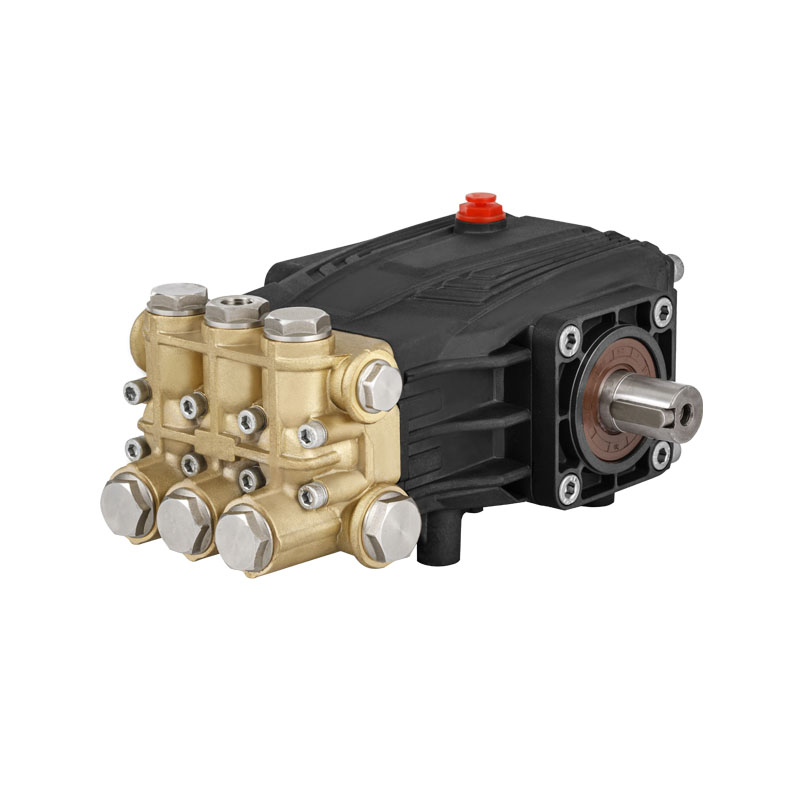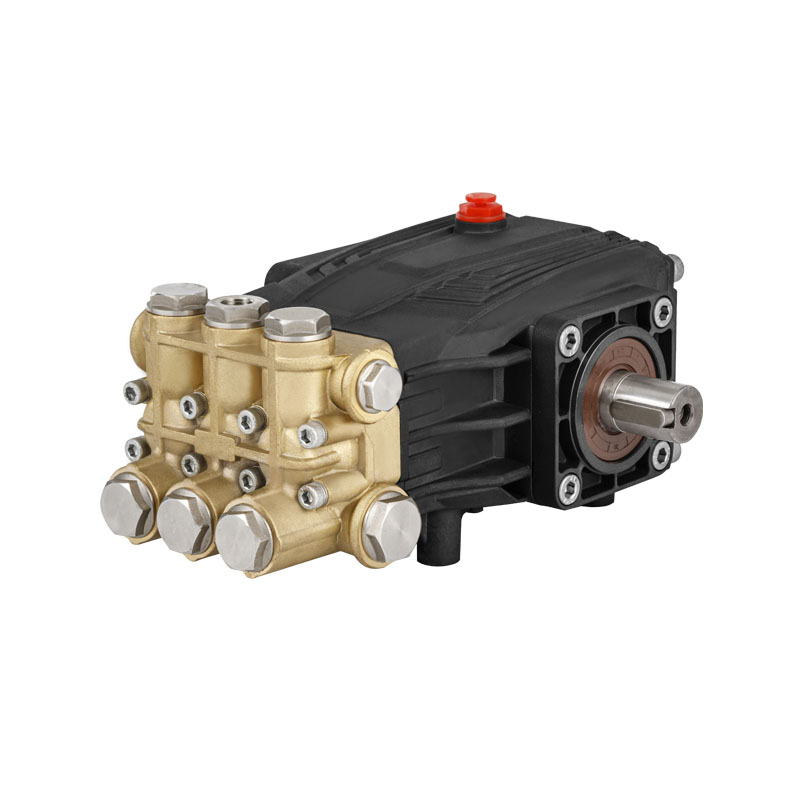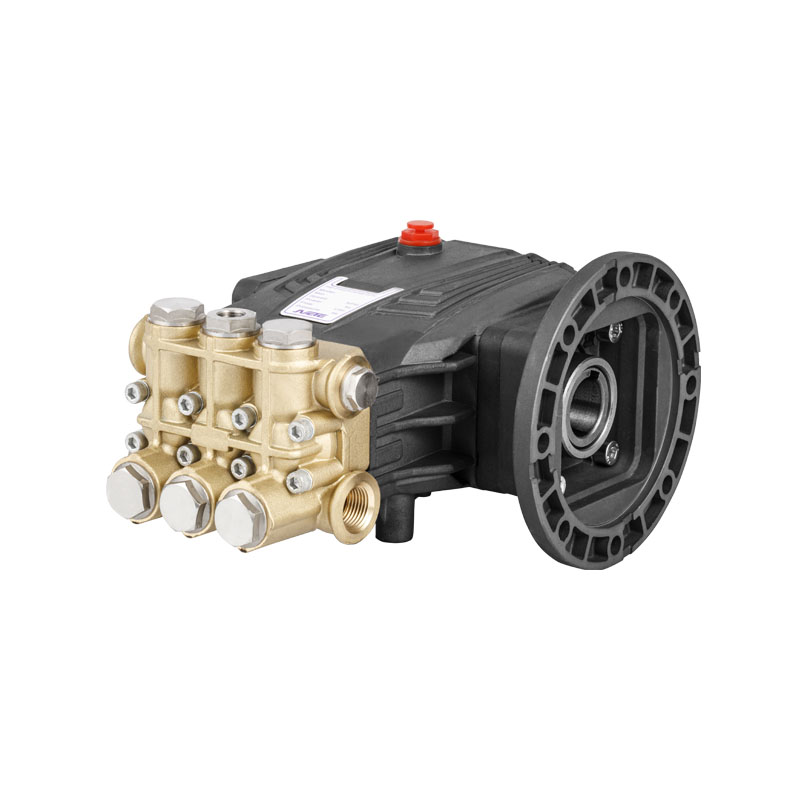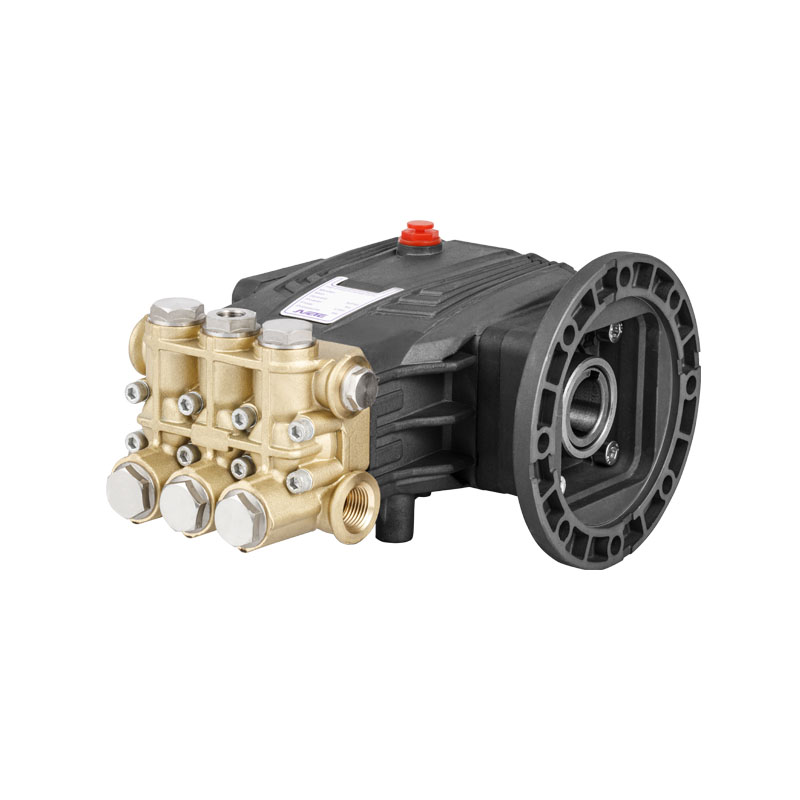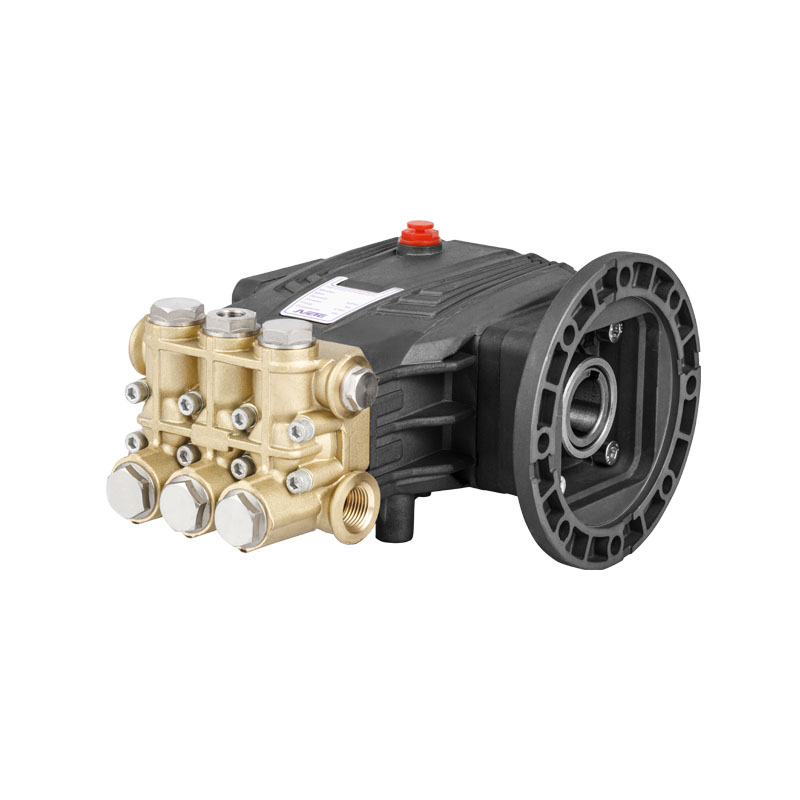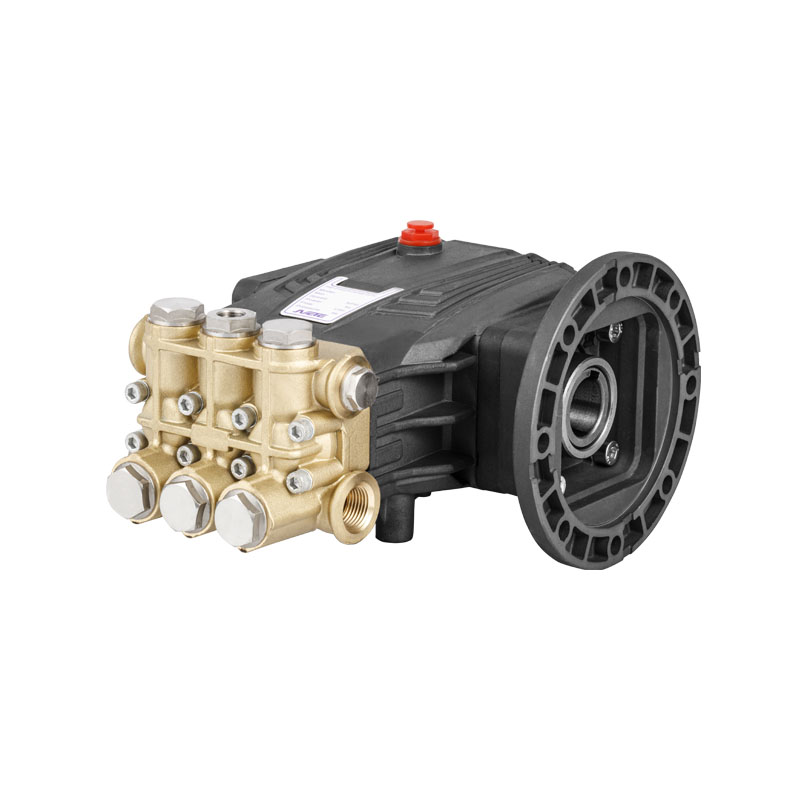In the world of industrial pumping systems, precision, durability, and safety are of important importance. One essential component that contributes to all three is the High Pressure Plunger Pump Regulate Valve. Often overlooked by those unfamiliar with fluid control systems, this valve plays a vital role in ensuring efficient and safe operation in high-pressure applications.
What is a High Pressure Plunger Pump Regulate Valve?
A High Pressure Plunger Pump Regulate Valve is a specialized device used to control and maintain pressure in systems using plunger pumps. These pumps are known for delivering high-pressure flow in various industries, including oil and gas, water jet cutting, chemical processing, and power generation. The valve ensures that the pressure within the system remains within set limits, preventing potential damage to equipment and maintaining operational efficiency.
Functionality and Working Principle
The High Pressure Plunger Pump Regulate Valve operates by adjusting the flow path of the pumped fluid, thereby regulating system pressure. When the pressure exceeds the set threshold, the valve opens to redirect excess fluid back to the reservoir or suction line. When the pressure is within safe levels, the valve remains closed or partially open, allowing regular operation.
This regulation ensures consistent pressure downstream and prevents sudden spikes that could damage sensitive components or cause hazardous failures. Additionally, it helps protect the plunger pump itself from excessive stress and wear, thereby extending its lifespan.
Importance in Industrial Applications
In industries where high-pressure fluid delivery is critical, the High Pressure Plunger Pump Regulate Valve becomes an indispensable safety and efficiency device. For example:
Oil and Gas Industry: These valves help regulate injection pressure in enhanced oil recovery systems.
Water Jet Cutting: Ensuring steady pressure allows for precise cutting performance.
Chemical Plants: The valve helps maintain proper flow rates for reactions, improving safety and process control.
Hydraulic Systems: Proper regulation ensures efficient and safe mechanical operation of hydraulic equipment.
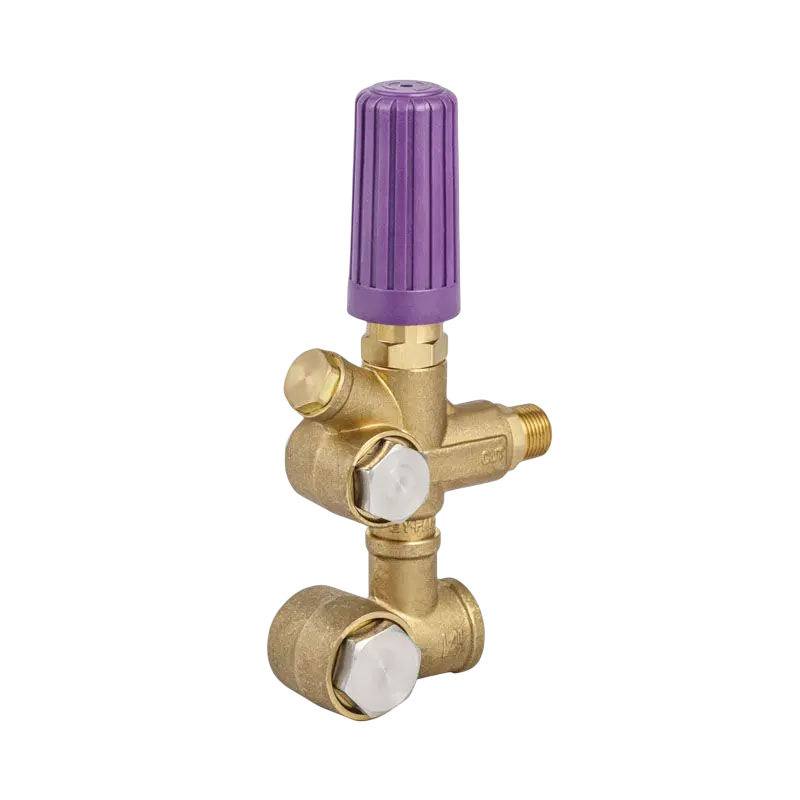
Key Features of High-Quality Regulate Valves
When choosing a High Pressure Plunger Pump Regulate Valve, several features must be considered:
Pressure Rating: The valve should match or exceed the operating pressure of the system.
Material Construction: Valves made from stainless steel or high-strength alloys resist corrosion and mechanical fatigue.
Adjustability: Easy pressure adjustment enables flexible system design and operation.
Sealing Mechanism: A reliable seal prevents leaks and maintains consistent pressure regulation.
Advanced models may also include features such as thermal protection, noise reduction, or automated electronic control.
Installation and Maintenance
Proper installation and maintenance of the High Pressure Plunger Pump Regulate Valve are critical for good performance. Installation should be done by trained personnel, ensuring that all connections are secure and that the valve is oriented correctly. Regular maintenance includes checking for wear, testing pressure accuracy, cleaning internal components, and replacing seals or springs as needed.
If the valve is neglected, the entire system's safety and efficiency may be compromised. A malfunctioning valve can result in pressure surges, equipment failure, or even workplace accidents.
Common Challenges and Troubleshooting
Like any mechanical device, a High Pressure Plunger Pump Regulate Valve may experience issues such as:
Pressure Instability: Caused by worn internal parts or improper adjustment.
Leakage: Due to damaged seals or improper seating of valve components.
Slow Response Time: Often a result of contamination or internal clogging.
Troubleshooting begins with identifying symptoms and verifying that the valve is operating within its designed parameters. Regular inspections and preventive maintenance can significantly reduce the likelihood of such issues.





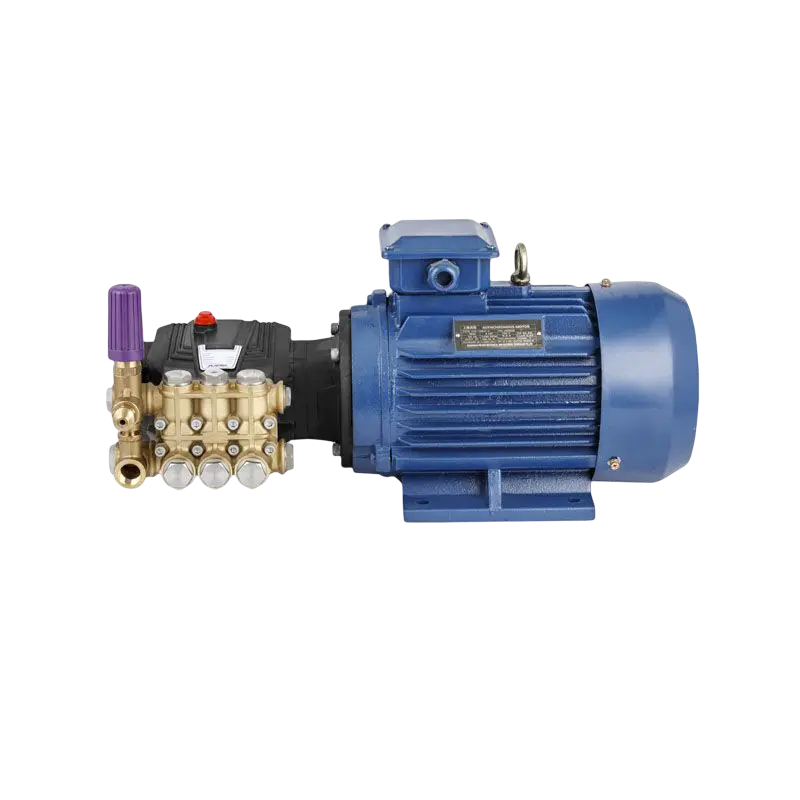
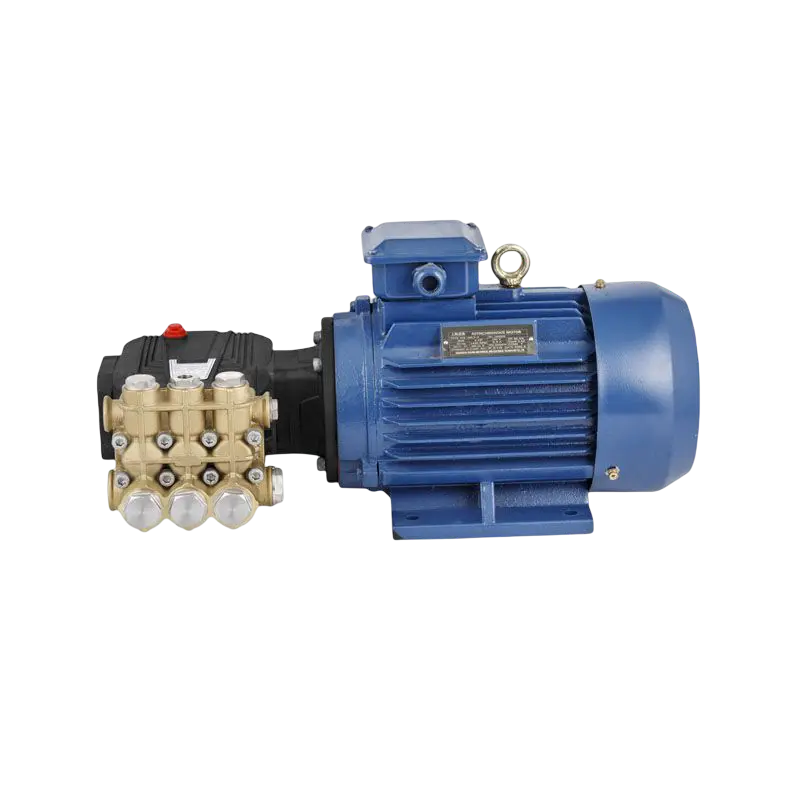
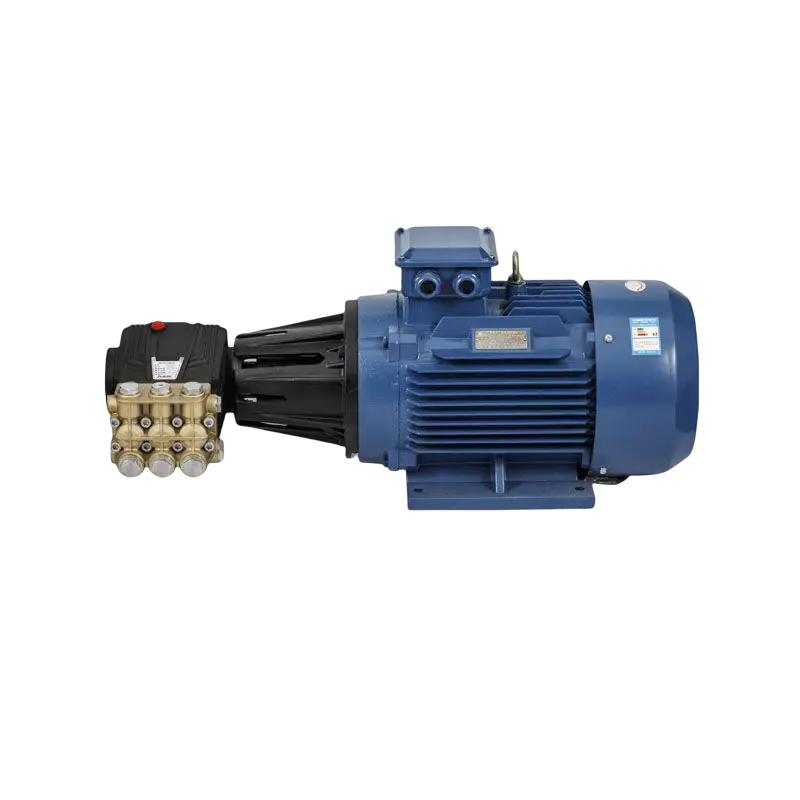
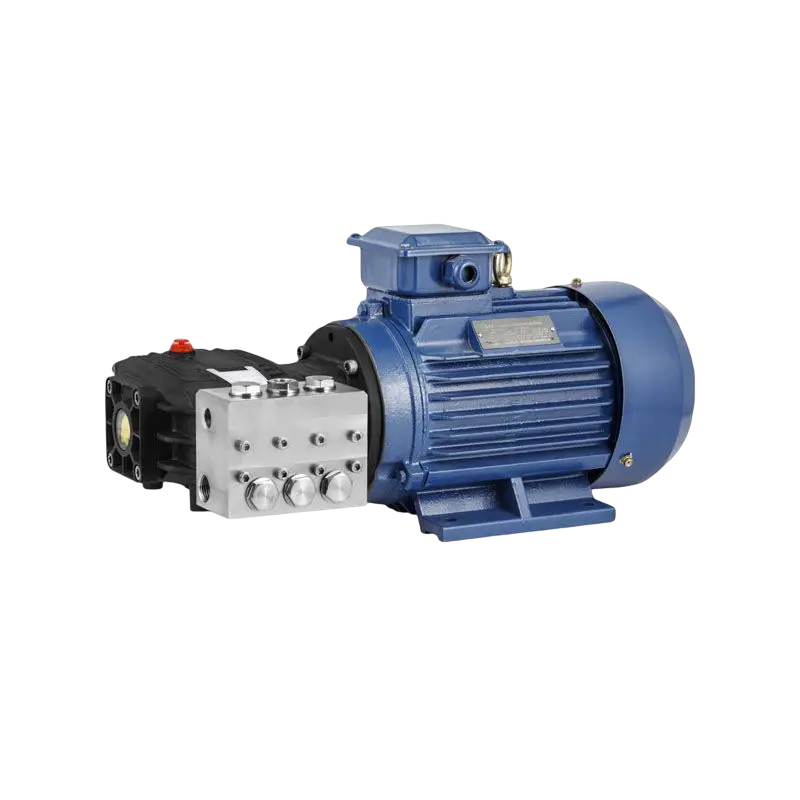
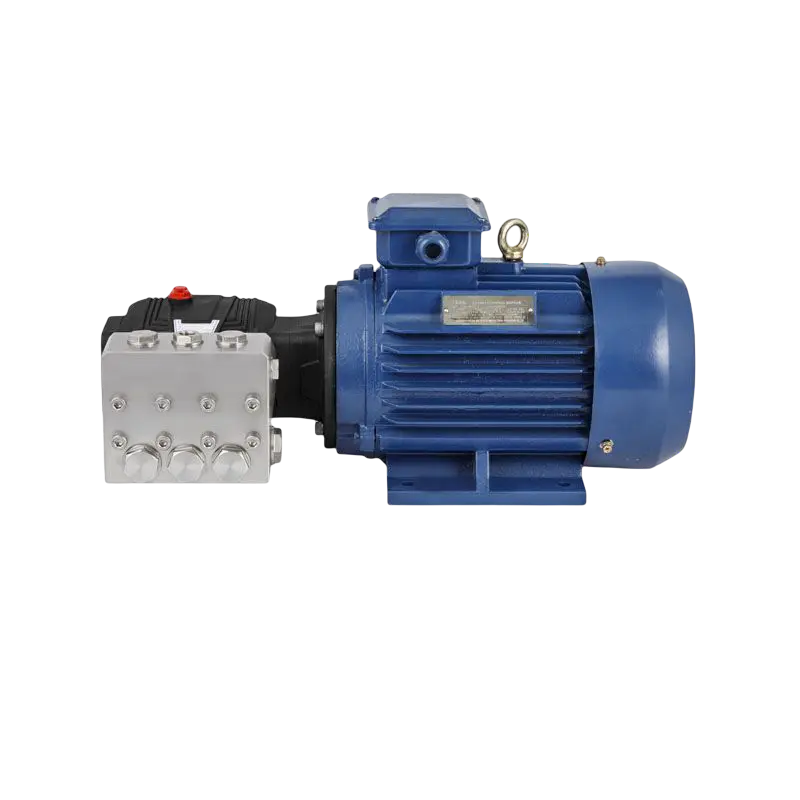
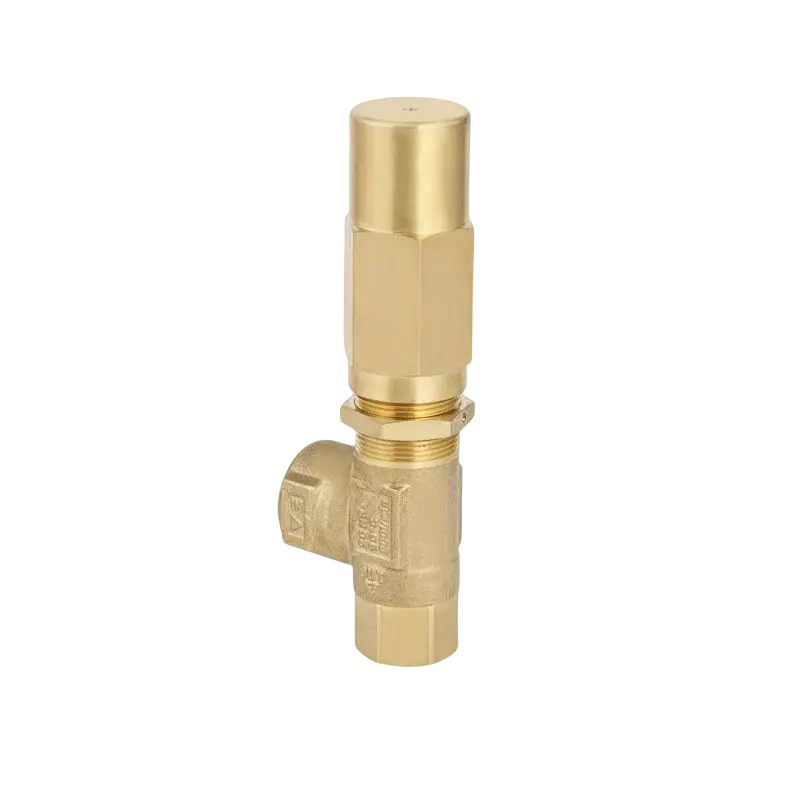
-2(1).png)
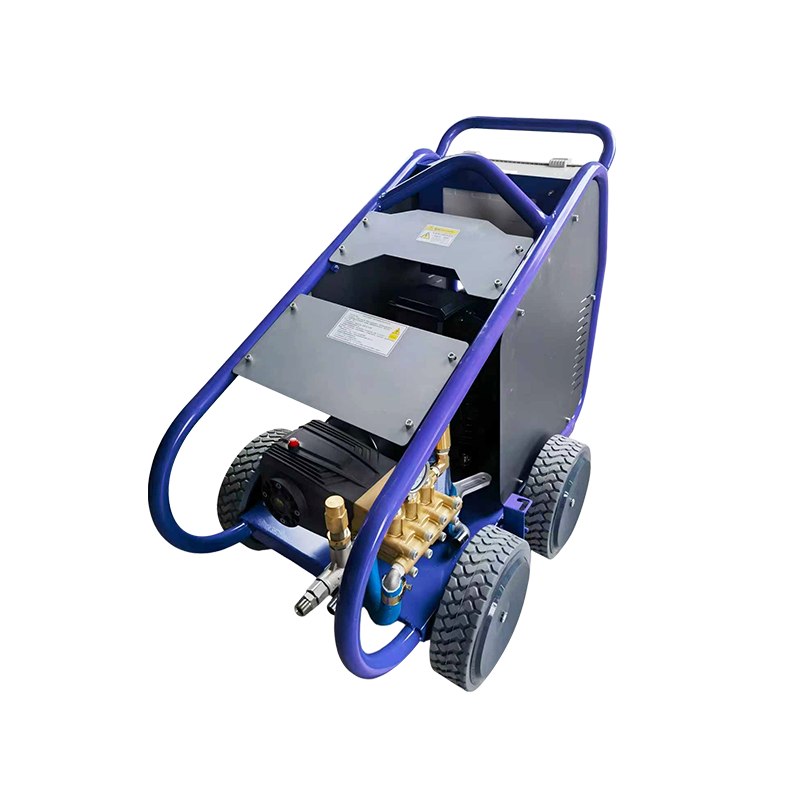

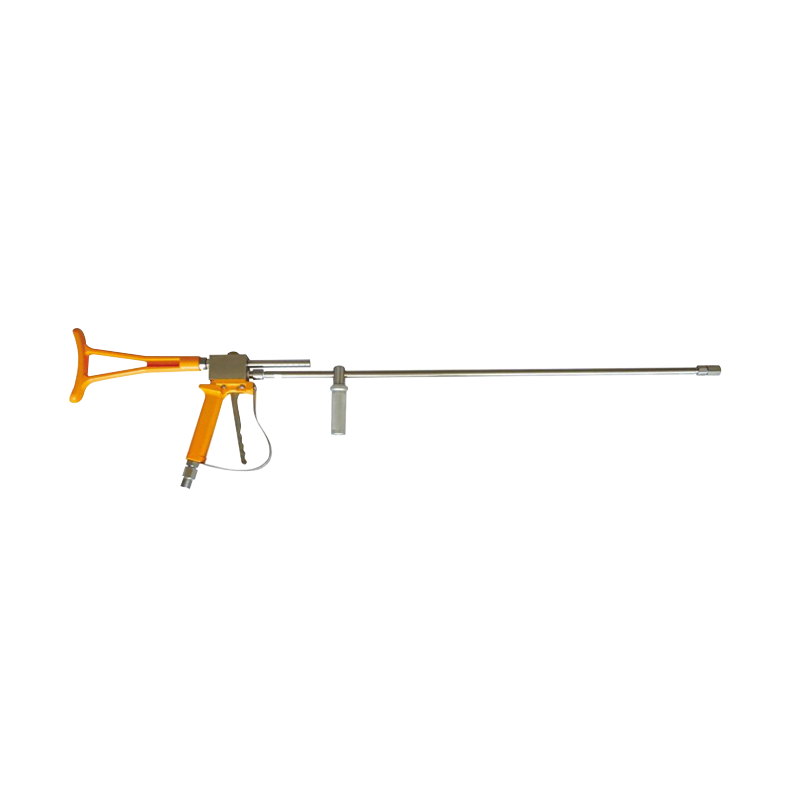
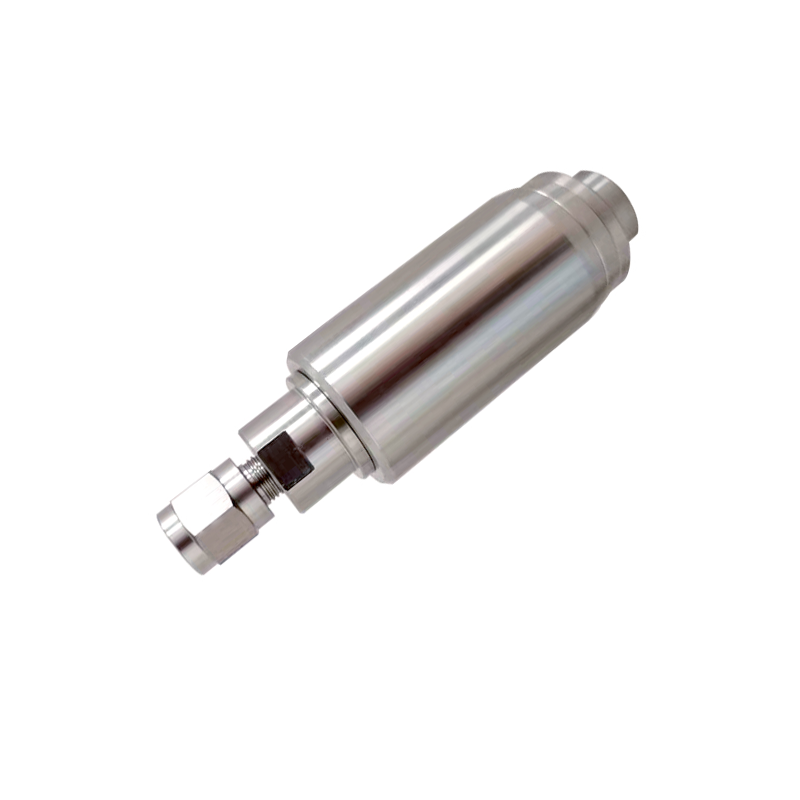
 English
English Español
Español
